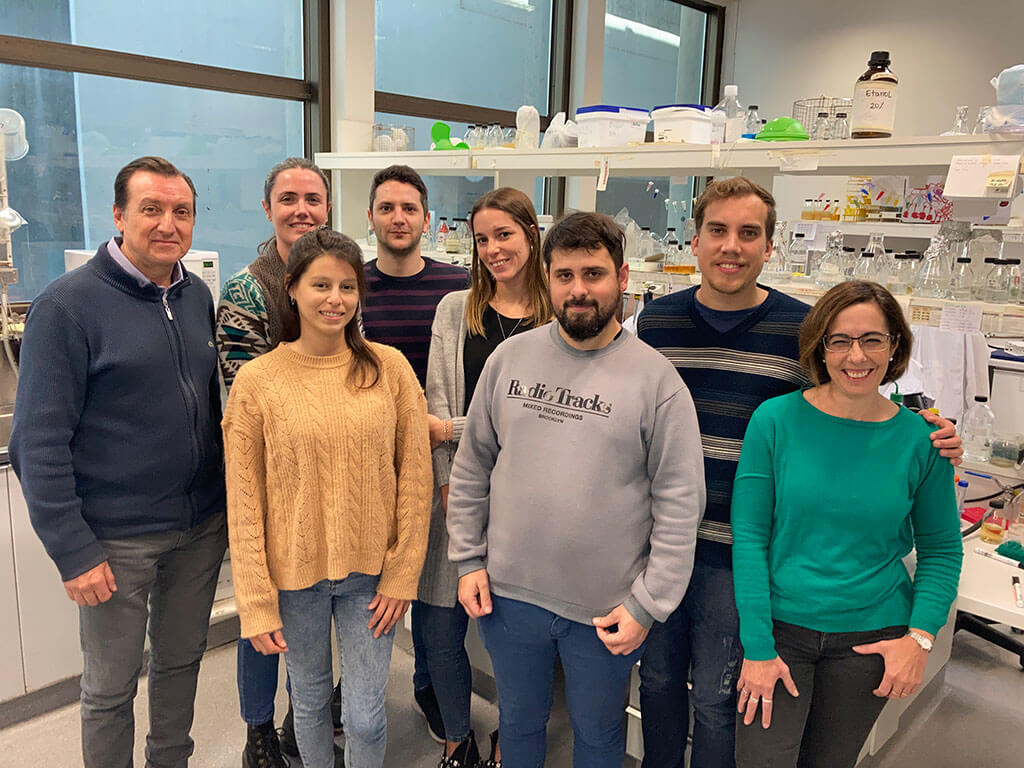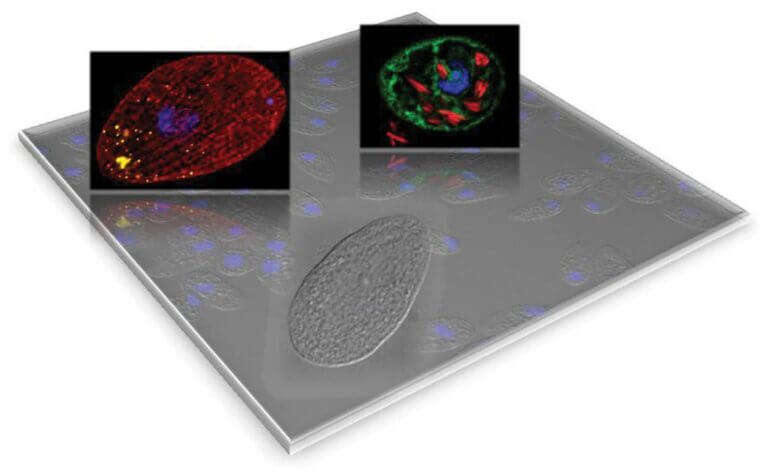GRUPOS DE INVESTIGACIÓN
Transducción de Señales en Bacterias Patógenas
RESUMEN

- Soncini, Fernando Sede: CCT
Email: soncini@ibr-conicet.gov.ar
- Checa, Susana Sede: CCT
Email: checa@ibr-conicet.gov.ar
- Peña Buitrago, Sebastian
- Tecco, Josefina
- Zappacosta, Joaquin
LÍNEA DE INVESTIGACIÓN
1.
El control de la transición entre la vida móvil y el establecimiento de la vida sésil y comunal es esencial para la supervivencia bacteriana en el ambiente y para el establecimiento de numerosas infecciones. Hemos identificado nuevos reguladores específicos de Salmonella vinculados a esta transición y detectado que al menos uno de ellos es necesario para su virulencia. Actualmente, evaluamos su función específica y su interacción con otros reguladores que modulan esta transición. Además de establecer cómo estos factores modifican la estructura de la biopelícula, investigamos las señales a las que responden y sus dianas reguladoras. Esto nos permitirá dilucidar el papel de cada uno de estos reguladores en la decisión entre la vida planctónica y la sésil. Los resultados de estos estudios nos permitirán comprender las estrategias desarrolladas por Salmonella para adaptarse a los cambios ambientales que ocurren fundamentalmente durante la infección (véase la Figura 1). Asimismo, nos permitirán comprender los mecanismos mediante los cuales un microbio puede reprogramar su modo de vida, alterando su expresión génica en respuesta a señales ambientales e intracelulares. Se espera que nuestros hallazgos proporcionen información sobre la modulación de la formación de biopelículas en diferentes especies bacterianas, además de generar herramientas de potencial utilidad tecnológica en el diseño de nuevos agentes antimicrobianos.
2.
El cobre es un metal esencial, aunque altamente tóxico. Nuestro grupo se centra en la caracterización de los sistemas de reconocimiento de cobre que controlan la expresión de factores implicados en el control de la homeostasis del metal en Salmonella. Amplia evidencia indica que estos sistemas son relevantes para la virulencia de patógenos intracelulares como Mycobacterium tuberculosis y Salmonella enterica. Entre estos sistemas, nos centramos particularmente en la caracterización de reguladores transcripcionales como CueR, GolS y CpxR/CpxA, y los factores controlados por estos reguladores que proporcionan resistencia al metal o mitigan el daño causado por este (véase la Figura 2). Actualmente, estamos llevando a cabo el análisis funcional y estructural de factores específicos de Salmonella controlados por estos reguladores que se encuentran en la envoltura bacteriana, como la proteína periplásmica de unión al cobre, CueP, y el complejo de tiol-oxidorreductasas y proteínas accesorias, ScsABCD, que confieren resistencia al cobre y al estrés redox. Además, trabajamos activamente en la identificación de nuevos factores de envoltura relacionados con la homeostasis del Cu de este patógeno. Nuestro objetivo es identificar nuevas dianas terapéuticas para el tratamiento y/o control de infecciones por Salmonella, tanto en humanos como en animales, de importancia comercial.
3.
Los biosensores bacterianos completos son microorganismos modificados genéticamente que combinan la detección de un compuesto determinado con la producción de una señal cuantificable. Además de su bajo coste y simplicidad técnica, reportan la fracción biodisponible del metal, lo que los hace especialmente útiles para evaluar el riesgo ambiental y la calidad del agua. Anteriormente, desarrollamos el primer biosensor bacteriano fluorescente para la detección específica de oro, así como un biosensor selectivo de mercurio, además de otros que detectan un amplio espectro de metales nocivos para los seres humanos y el ecosistema (véase la Figura 2). Con el objetivo de generar nuevas herramientas para la detección específica de otros metales tóxicos, estamos modificando el componente central de nuestra plataforma de biodetección, el sensor/regulador GolS, y el chasis bacteriano para la bioeliminación simultánea de estos contaminantes. Asimismo, estamos aplicando estrategias de inmovilización y preservación de las bacterias bioinformadoras para permitir el desarrollo de instrumentos o dispositivos para la detección in situ de estos tóxicos. Paralelamente, estamos caracterizando variantes de GolS y de su análogo estructural y funcional, CueR, para comprender las bases moleculares de su interacción con diferentes iones metálicos y cómo se transmite la señal de entrada para modular la expresión de sus genes diana. Este conocimiento contribuirá a mejorar el medio ambiente y la atención sanitaria.
IMÁGENES DE NUESTRAS INVESTIGACIONES



